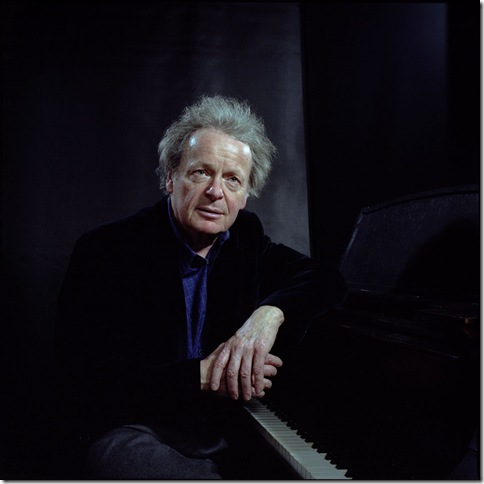About 2,000 music lovers filled the Kravis Center on Tuesday to hear the refined playing of the New York Chamber Soloists Orchestra ― 16 players, all at the top of their game, coming together to make the sweetest sounds.
An early Haydn symphony, No. 6 (in D, Hob. I: 6), written in 1761 when the composer was 29 and newly hired by the Esterhazys, began the program. Subtitled Le Matin (Morning), it’s the first of a trio – Le Midi (Noon) is No. 7, and Le Soir (Night) is No. 8 ― and he must have impressed his new employers.
With a court orchestra similar in size to this one, Haydn took full advantage, writing solo parts for all its members. It opens with shimmering strings depicting sunrise and goes on in rapturous fashion into the Allegro, which has a bird-like melody on the flute that is passed around through the strings to the horn section, ending in stately fashion.
The third movement, Adagio, has more solos, with trilling strings accompanied by the flute while the bassoon plays a frolicsome obbligato. The finale has a dominant cello theme, with more solos set against the orchestra from the concertmaster’s violin to each of the woodwinds. An auspicious start for the young composer, who obviously knew how to win over his players and the boss he served for decades.
One would think that a small band like this might get lost in the Dreyfoos Concert Hall. The supreme quality of these players made one focus and pay strict attention, as the audience was transported into less-stressful times.
Mozart’s Piano Concerto No. 9 (in E-flat, K. 271, Jenamy) was next, with the Austrian-born Canadian pianist Anton Kuerti. Written at age 20, it’s the last work Mozart composed in Salzburg before departing for greener pastures.
In the first movement I heard echoes of A forza di martelli (The Power of the Hammer), Nardo’s famous aria from La Finta Giardiniera; borrowing tunes was the norm back then and is even today. The Andantino begins darkly and emotionally. Did Mozart have regrets on leaving home?
No pianistic heroics here, just Kuerti bent over the keyboard, squeezing every ounce of feeling from the solemn hymn-like melody: an old master giving his expressive best. The sunny final Rondo, dance-like in its composition, gives one the feeling Mozart has made up his mind: glad to be on his way.
Again leading from the keyboard, Kuerti launched into Beethoven’s glorious Piano Concerto No. 2 (in B-flat, Op. 19) begun in 1793 but not published until 1801. It bears the stamp of Mozart’s influence. Remember, these men were transitioning from the “hard” pianoforte sound to the felt-tip hammers of the early Bösendorfers and London-made Broadwood instruments and new resonances. One can hear the pure joy of their discoveries as Anton Kuerti dashed off a brilliant cadenza in the Allegro con brio. His playing was spellbinding.
And in the second movement, the Adagio, the expressive dialogue between piano and orchestra was magical, especially in the double pianissimo runs; one felt one could almost taste the lusciousness of Kuerti’s exemplary technique. Rapt attention in the hall; no one dared to cough or sneeze. Another dance-like Rondo leads into one of Beethoven’s most delightful finales.
Clean, clear fingering and spirited playing from the pianist and orchestra brought about the realization that this audience had experienced an unusual feat ― a conductor-less orchestra of the first rank that through the imagination reproduced what Haydn, Mozart and Beethoven enjoyed doing for our pleasure. Do not fail to catch this group next year if they are included in the Regional Arts Concert Series.
